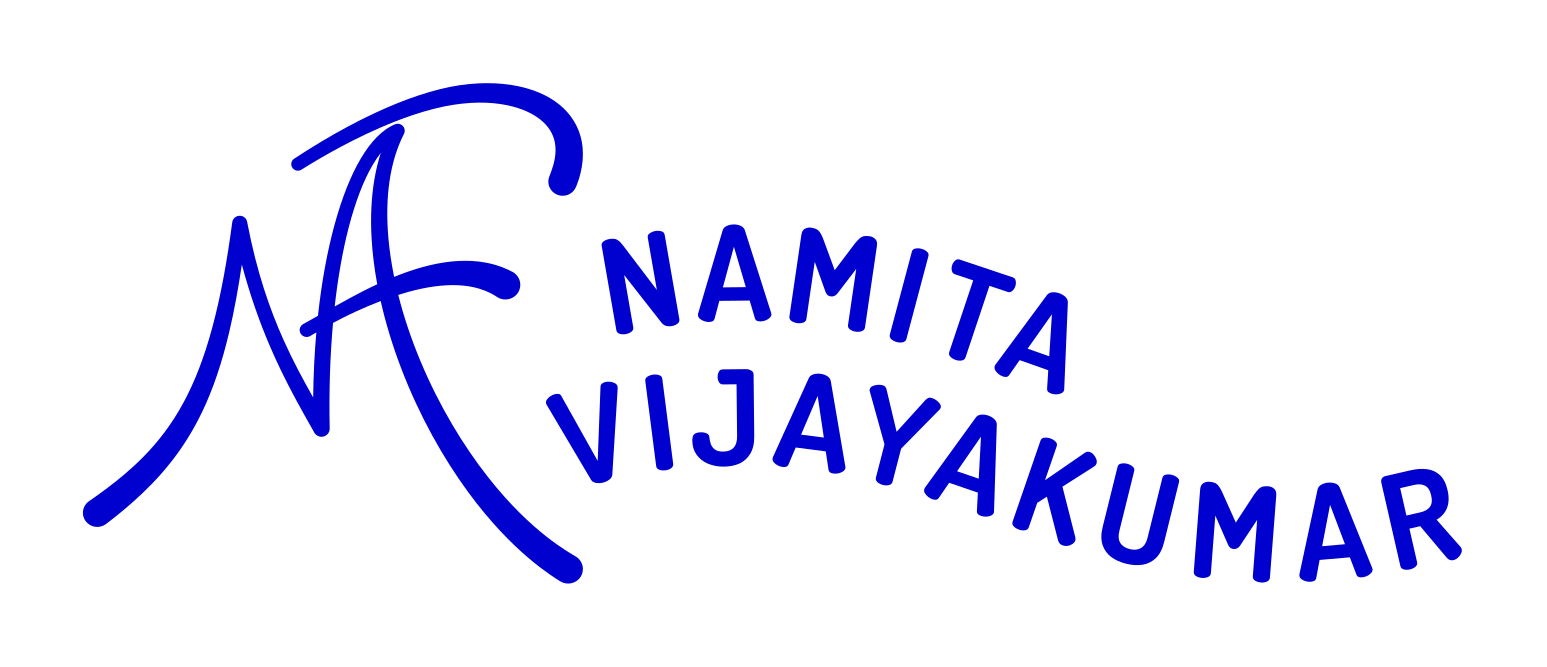
Tuesday 21st May – Monday 27th May 2019
Over Shadow, Under Light was an installation of light sculptures exhibited at Preston Park Museum in Stockton-on-Tees.
The exhibition explored the surrounding landscapes of the Tees Valley and North Yorkshire. The sculptures were based on the topography of notable hills and landforms in the Cleveland Hills, such as Roseberry Topping and Urra Moor. By illuminating these local hills with colourful light, visitors were encouraged to explore and connect with their local landscape. The exhibition could be experienced by walking around the sculptures and listening to sound recordings of the locations depicted.
The sculptures were inspired by traditional techniques used in Japanese paper lantern making, and the work of Japanese-American artist and designer Isamu Noguchi. In the 1950s, Noguchi designed ‘Akari’ light sculptures, which presented a modernist take on paper lanterns by using abstract shapes. These designs were then modelled into lamps, many of which are still produced today. Research into the craft of lantern making resulted in an interpretation of the method, which was used to create the sculptures.
The work in the exhibition was produced with support from TWI Technology Centre Middlesbrough and Creative Factory Middlesbrough. Creative Factory is Middlesbrough Council’s Great Places Tees Valley project and supported by Arts Council England, the National Lottery Heritage Fund and Tees Valley Combined Authority.
With special thanks to Navigator North.
The Process
Creating the paper sculptures involved making a supporting structure for each of the hills. Cross sections were collected using elevation profiles from maps and Google Earth to create compressed versions of the hills, which were then made into plywood panels. The panels were assembled into a framework that served as a skeleton for each of the sculptures. Centre cane (a flexible material derived from Rattan palms) was wound around the frame and rice paper was pasted over the top. The panels underneath were then removed, leaving the finished piece behind.

